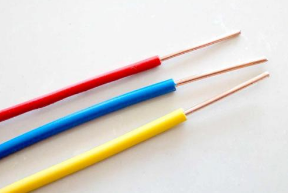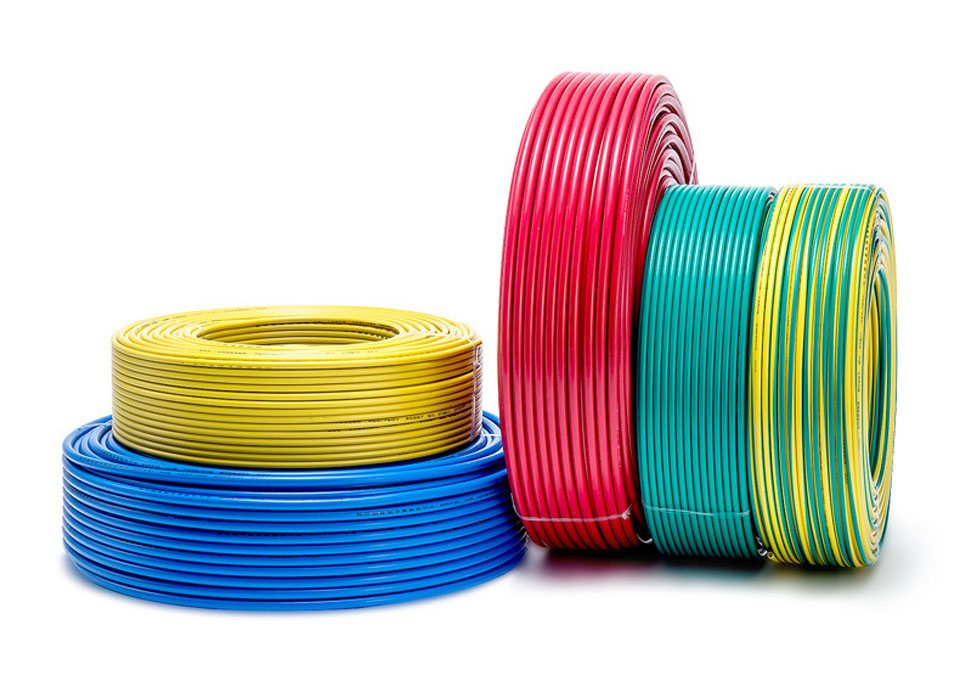With the development of national economy, urban construction is becoming more and more prosperous, and the market demand for decoration cloth and wire products is strong. Cloth and Wire Manufactor products belong to CCC compulsory certification products. Domestic manufacturers implement the national standard GB / T 5023-2008 when producing. Manufacturers must send the products to the designated authoritative testing agency for performance testing every year, It is illegal to obtain the production license by virtue of the inspection report and on-site audit, if the product is produced without the production license.

Through market investigation, when consumers compare products of the same specification in the market, they often find out why the outer diameters of conductors of different manufacturers are different. For example, take the conductor for 6mm2 wiring as an example, the outer diameters of conductors of some manufacturers are 2.76mm, and those of some manufacturers are 2.90mm or even larger, which creates an illusion for consumers, The larger the outer diameter of the conductor, the better the wiring. In fact, it is not. In view of this situation, the following three aspects are discussed:
1. Standards
In the old version of GB / T 5023-1985, the outer diameter and DC resistance of conductor are strictly specified, and the outer diameter of conductor for 6mm2 wire is 2.76mm; In 1997, the new national standard GB / T 5023-1997 for wire laying stipulated that the conductor performance index must meet the requirements of GB / T 3956 (national standard for cable conductor), while the maximum outer diameter of conductor for 6mm2 wire laying should not exceed 2.90mm in GB / T 3956; In the new edition of national standard GB / T 5023-2008, the requirements for outer diameter of conductor are the same as those in GB / T 5023-1997, that is, the maximum outer diameter of conductor for 6mm2 wiring shall not exceed 2.90mm( At present, GB / T 5023-1997 is the latest effective national standard for wiring, which has replaced GB / T 5023-1985 and GB / T 5023-1997
2. Craft
The outer diameter of conductor (2.76mm) is strictly stipulated in GB / T 5023-1985, but the maximum outer diameter of conductor (2.90mm) is only required in GB / T 5023-1997 and GB / T 5023-2008. This is mainly because: in the 1980s, the smelting process level of raw material copper was not high, and there were many impurities in copper rod, which resulted in high conductor resistance, The national standard strictly requires the outer diameter of wire conductor. With the continuous development of copper smelting level and the improvement of conductor processing technology, the impurity content in copper is getting smaller and smaller. At present, in the industry, under the condition of ensuring that the DC resistance of conductor meets the requirements, the outer diameter of conductor produced has been reduced correspondingly, and the consumption of copper has also been reduced correspondingly, This is also the reason why the national standard only specifies the maximum outer diameter of the conductor, but does not specify the specific value of the conductor.

3. According to the DC resistance formula of Conductor:
R= ρ× L/S
R is the DC resistance of conductor;
ρ In the ambient temperature of 20 ℃ ° Resistivity of conductor at different time
L is the unit length of conductor
S is the cross-sectional area of the conductor
According to the formula, in order to ensure the current carrying capacity of the wire to meet the requirements, the DC resistance of the conductor must meet the requirements of the standard ρ S is related to the diameter of the conductor, ρ When the DC resistance of the conductor is constant, when the outer diameter of the conductor is large, the resistance of the conductor will decrease ρ If the outer diameter of the conductor is small, the copper purity will decrease ρ The purity of copper increases with the decrease of the temperature.
According to the analysis of the above three aspects, when consumers choose wire products, the size of the outer diameter of the wire conductor can not be used as the only standard to judge whether the product is qualified or not, that is, when the wire specifications are selected, the larger the outer diameter of the conductor is, the worse it is. Therefore, the product quality should be judged according to the direct current resistance and mechanical properties of the conductor.
